Reptile Defense Mechanisms
Reptiles, like all animals in the natural world, face their fair share of threats. Whether these threats are predators, rivals or competitors, reptiles must be able to adequately protect themselves if they are to survive. In order to overcome these threats, reptiles have had to evolve a variety of different tactics to deal with these adversities. So today I'm going to briefly introduce some of these common defensive practices.
Biting:
I start with this one because it is the most obvious. No matter what signs an animal displays, if you keep messing with it, it's going to fight back. Reptiles are no different; many may give you warnings to stay away, while others may try different defensive tactics to deter predators or bothersome animals (like people), but at the end of the day, reptiles are going to do everything in their power to avoid becoming lunch. And a reptile's most powerful weapon is its mouth; though reptiles have different mouth structures, they are able to adequately defend themselves by biting. Some have powerful crushing jaws with sharp teeth (crocodilians), some have fangs that can deliver potent toxins (snakes), and some lack teeth but have strong, sharp keratinized beaks (turtles). When a reptile is left with no other option, it is going to defend itself by force. This is why I urge people to avoid messing with these reptiles (especially snakes); they are not evil or mean animals, but any creature that fears for its life is likely to fight back. (Most reptiles bite only as a defense. Leave them alone and you are unlikely to be bitten or otherwise hurt).
Size Intimidation:
In the animal kingdom, size is typically equivalent to power. You've probably heard the advice, "if you see a mountain lion, try to look as big as possible." This is because many animals will back down when confronted by a creature larger than itself. In order to protect themselves, many reptiles will try to look larger when confronted by an enemy. Cobras are well known for their iconic hoods; this structure is actually meant to make the snake look bigger when it is fully spread. Many snakes (both venomous and non-venomous) are capable of flattening their heads or spreading their ribs to create a hood similar to a cobra's (such as the harmless hognose snake in the video below!); contrary to popular belief, they are not mimicking venomous species, but rather trying to appear as large as possible. In the crocodilian world, rivals often settle disputes by vibrating the water around them, displaying to nearby competition how big and tough they are. These intimidation tactics are often successful, and additional defenses may not be necessary.
Scary Sounds:
Many reptiles, even many of the silent species, make some sort of sound to deter predators. Hissing is perhaps the most common sound, emitted by snakes, crocodilians, lizards and even turtles! The hissing is actually created by forcefully pushing air out of the lungs, creating a whooshing sound, so basically a reptile is exhaling at you angrily (in the video below, you can see the snake's body contracting as it forces the air out). The pine snake is a fairly docile snake that deters predators with incredibly loud hissing; an amplifying flap in its esophagus acts like a megaphone to broadcast its hiss, usually enough to scare any predator away. Some lizard species are known to bark aggressively at agitators, sometimes startling them long enough to make a quick get away. More vocal species like alligators may bellow or even roar to drive off their opponent.
Mimicry:
Want to avoid being eaten? Try looking like something dangerous or unappetizing. There are a lot of venomous and poisonous reptiles out there, but there are even more that are harmless. That doesn't mean they can't make use of the toxins produced by other species. Mimics are species that closely resemble other, more dangerous species, generally in both shape and color. Other animals that have learned to recognize these hazardous reptiles will leave the mimics alone. The tricolor milksnake is a mimic that closely resembles the coral snake, and is able to deter predators without having to produce the energetically expensive venom!
Color Changing:
Perhaps not the scariest defense mechanism, but colors can say a lot about a reptile's mood. Chameleons are well known for their ability to change the color of their body, but many people wrongfully believe they do so to blend into their surroundings. They actually fluctuate based on their mood; when relaxed and calm, they are peaceful colors like green or blue, and when agitated, they turn violently bright colors like red or pink. This will deter other chameleons from messing with them; they can essentially broadcast, "hey, I am completely pissed off!", and any lizards looking to avoid a fight will move away. (You would probably avoid a person whose face is red with rage!)
Tail Vibrating:
Everyone's mind went straight to the rattlesnake, am I right? That tell-tale buzzing sound is unmistakable, and a clear signal to any other animal that they need to back off. But tail vibrating isn't unique to the rattlesnake at all! Most snakes (especially hatchlings) and even some lizards will vibrate their tail incredibly fast when confronted by a predator. Though they may not have the specialized rattle of the rattlesnake, their scale are rubbed together vigorously, creating a buzzing sound that is not completely unlike the rattler. And just like a rattler, the tail vibration is a clear message to any aggressor: leave me be!
Playing 'Possum:
Alright, you've hissed, vibrated your tail, and puffed yourself up big, but your opponent is not getting the message; what the heck do you do now? If you are a hognose snake, you go for your special trick: playing dead. Hognose snakes are harmless snakes (even wild ones are unlikely to bite when handled) that are known for playing dead to deter predators. The snake rolls on its back, tongue hanging out of its mouth, and releases smelly secretions from its cloaca, making it smell realistically dead. The snake will lie this way until the threat has moved on. If flipped back upside right, the hognose will simply roll back over and continue the charade.
Bluff Strikes:
Some snakes are not aggressive but still want their aggressor to know they mean business. Bull snakes often engage in mock (or aborted) strikes, essentially lunging at their attacker menacingly, but not actually biting them. Usually, this bluff strike is enough to startle a predator or force them to retreat. The bull snake may even strike out, bumping into the attacked with its mouth closed (basically headbutting them) and the predator is generally reluctant to hang around for the real strike. This tactic isn't especially common; by the time a snake begins striking, they are likely to start landing real blows to drive their attacker away.
Bobtail:
If you get attacked, it's not necessarily the end of the world. Reptiles are hardy animals and can heal from most injuries and even live quite comfortably with a missing limb. But there is something that they can't live without: their head. When attacked, it is best to draw attention away from the head to maximize the chances of survival. The shingleback skink is a lizard that sports a large bobtail, that looks suspiciously like a second head. If attacked, a confused predator will hopefully go after the fake tail-head, leaving the actual, more crucial head intact. Though the tail will not grow back like some lizards, the lizard will still be able to live on with an unscathed noggin!
Autotomy:
Speaking of tails, many lizards are capable of a defense mechanism known as autotomy. This allows the lizards to simply "drop" their tail when confronted by a predator. The tail will often wiggle and squirm, providing the lizards with a chance to escape while the attacker investigates the distraction. Some lizards will regrow their tail (though often much smaller and stumpier) and are able to autotomize repeatedly; others will not regrow their tail at all, meaning they must make their one shed count! Glass lizards have taken their autotomization to the next level and are actually able to "shatter" their tails into pieces, startling predators (hence the name). It is always preferable to sacrifice a little flesh to save a life!
Reptiles have so many unique methods of defending themselves (trust me, there are plenty more out there than these!). Any animal has to be able to protect itself, and we must be able to read the warning signs from these animals to avoid injury to ourselves and them. They are not mean or bad creatures, but they are often hated simply because of their defensive nature. These are absolutely amazing behaviors exhibited by awesome animals, and we need to learn to live comfortably along side them, even in the event of interaction!
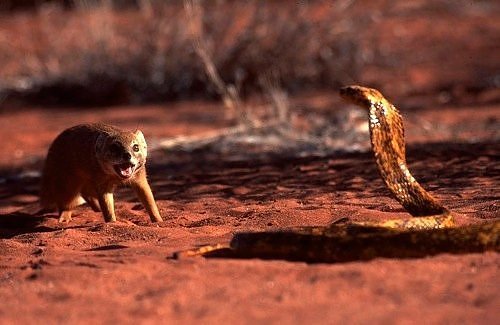
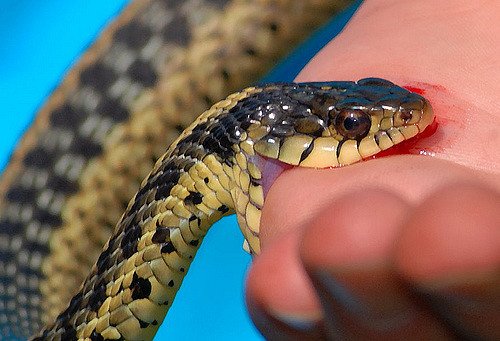
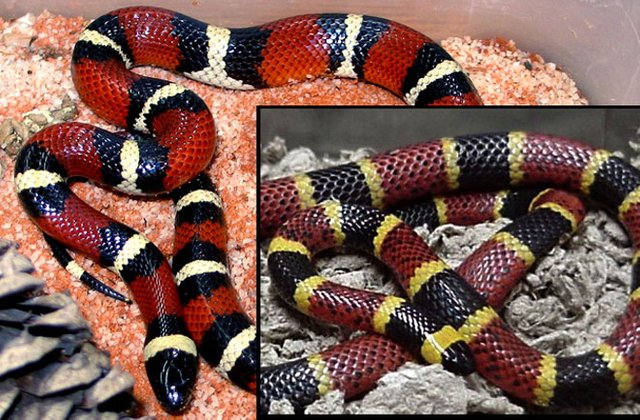
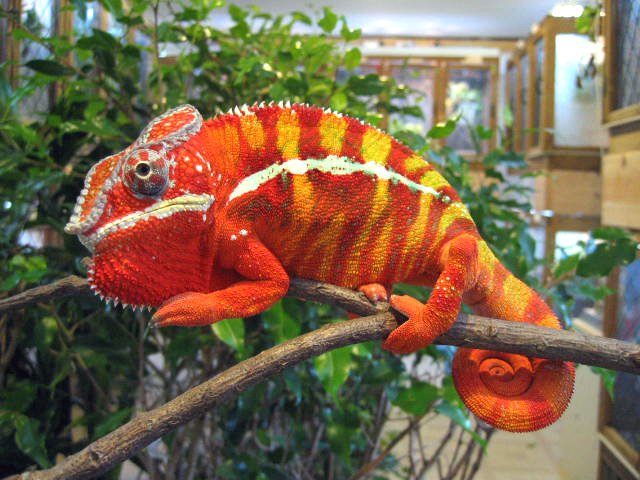
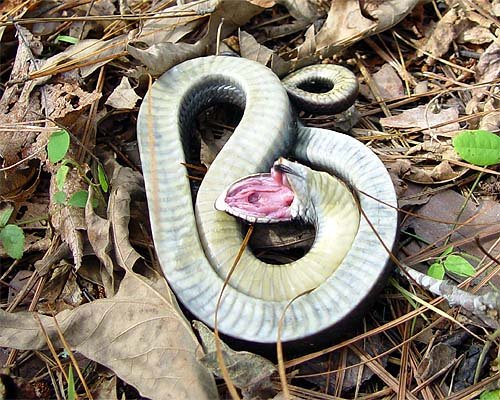
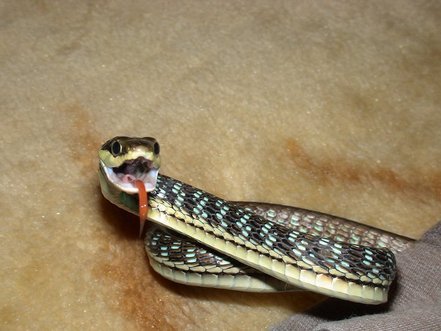
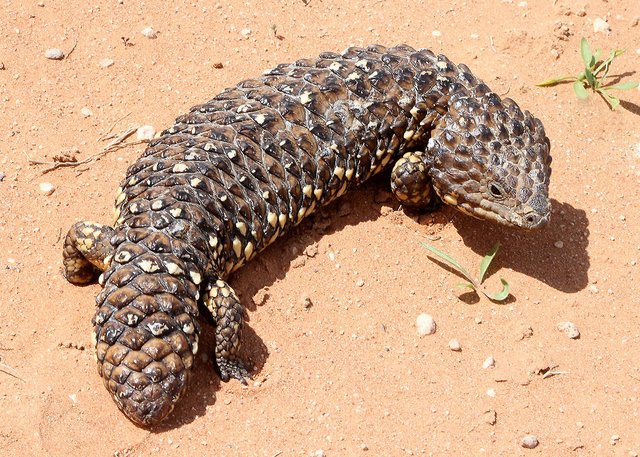
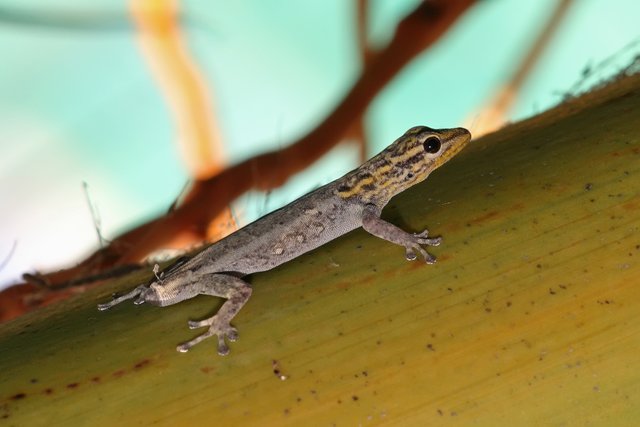
Great article, upvoted and resteemed!
Snakes & reptiles are fascinating creatures & I cannot understand that most people think the only good snake is a dead one. My son is a fanatical snake & reptile lover. See my post under SNAKES.
snakes is like any animal, the way defenza is to attack, not attack if you are not in danger, like us, do not defend when we sentomos invaded or discredited, excellent post, I learned something new thank you very much
raptiles have so many unique method .... i know about this but u cannot clearly define ...
Mongoose 1 - Cobra 0 = game over . . .